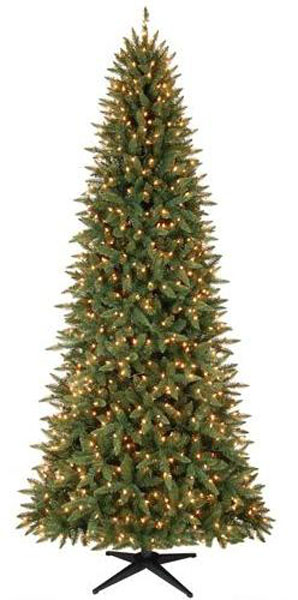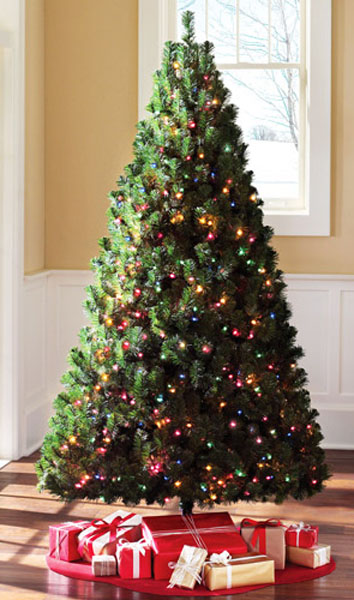
This article was written with the intention of helping the reader develop knowledge on Artificial Christmas trees.It's worth mentioning early that modern artificial trees can last upwards of ten years, if looked after in the correct way; so it is well worth reading on to find out what type of Artificial Christmas trees are available, the differences between the trees that can be bought, what they are constructed of and the advantages and disadvantages and a few other hints and tips.We will start with the two main materials that Artificial Christmas trees are produced from.The most common is PVC (PolyVinyl Chloride) also known as vinyl and the other is PE (Polyethylene), which is rapidly growing in popularity.What is PVC? This is an everyday plastic also commonly known as vinyl.It is a lightweight and durable synthetic polymer material (or resin), formed by combining ethylene derived from petroleum, natural gas, or coal and chlorine.This plastic can be found in products ranging from milk cartons to vehicle parts.When a tree is produced from PVC the result is and attractive, but generally unrealistic looking tree when compared to the more expensive PE version.So what does a PE tree consist of? PE artificial trees are made with very high quality plastic named Polyethylene.The tree is created and modelled from actual real Christmas tree branches.These real tree branches are used as forms to create the mould, Polyethylene is then injected directly into this mould and this helps to create a very realistic artificial Christmas tree.These trees need little of no shaping when erecting at Christmas time, they are ultra realistic, long lasting and stunningly beautiful - the next best thing to a real Christmas tree.In general there are two ways Christmas tree manufacturers attach the branches of the trees to the central trunk of the Artificial Christmas tree; hooked and hinged.The hooked method is where you are required to attach or 'hook in' each branch into a bracket that is attached to the artificial Christmas trees trunk each time you affect the tree.Usually these branches are colour coded for ease of construction, so you know in which order you are required to erect the tree.The hook in method usually takes longer to set up and can sometime be frustrating if the colour coded tag is lost.Also with this method as the tree grows older the hook can become bent or misshaped leading to an uneven tree.The hinged method is the quickest and easiest to assemble of the two methods.This greatly speeds up the construction of the tree each year, and lessens the stress.The branches are permanently attached to the central trunk, with you guessed it, hinges.When you take the tree out of the box the branches simply fold down into the correct position, a bit of fluffing out of the branches and you're done.And when storing the tree you simply fold them back up and store away in the box.So know you have an idea of what material the tree you buy will consist of and how the branches will be hung on this tree, the next thing to consider is the stand.We would recommend using a solid metal stand only.When you consider that a fully decorated tree can weigh twice as much as the tree you take out of the box, then you can see a solid stand is the only way to go.Most quality Artificial PE trees come complete with a metal stand, so you may want to consider this when weighing up the cost.Look out for our next article where we will talk about the style of artificial trees on the market, the colours and the suitability for the home.

No comments:
Post a Comment